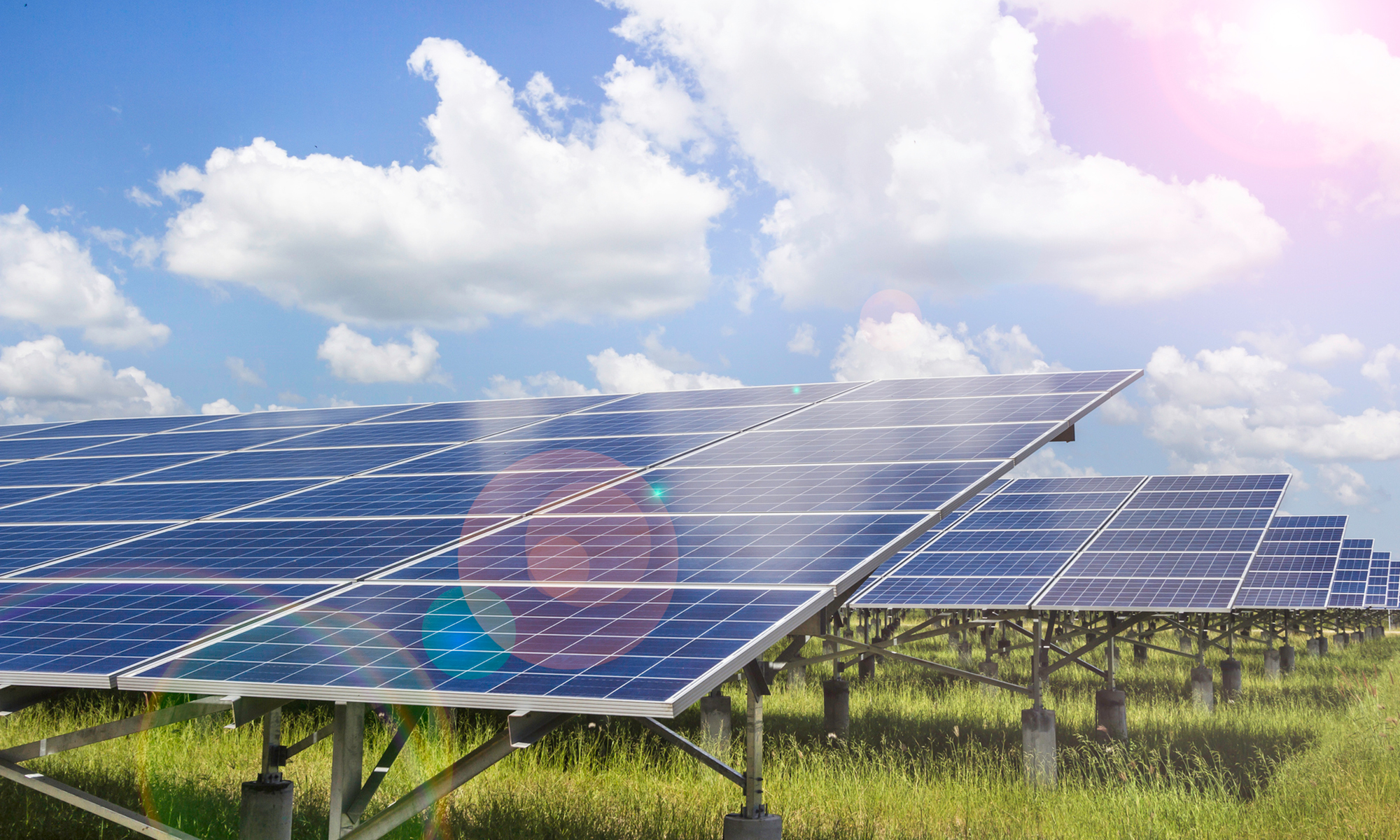- After filing a first challenge against GE’s U.S. Patent No. 6,921, 985 in May, Vestas has filed a second challenge in August to expand its attack on that patent. GE had previously asserted the ’985 Patent against Vestas in a federal patent infringement lawsuit.
Last month Vestas Wind added yet another proceeding to its year-long patent battle against General Electric Company, filing a new challenge against GE’s U.S. Patent No. 6,921,985 at the Patent Trial and Appeal Board. Vestas had already filed one challenge against the ’985 Patent in May, and appears to have filed a second challenge to attack additional claims of the ’985 Patent.
As previously reported on this blog, GE has asserted two patents against Vestas in a federal lawsuit. Both patents are directed to technology for safely connecting wind turbines to the electrical grid. Vestas has challenged the validity of both GE patents, arguing before the Board that the patents are not new and non-obvious over technology that already existed when GE filed applications for the patents. [1]
The ’985 Patent issued with 69 claims. In the challenge filed in May, Vestas alleged that 24 of those claims were invalid. Now, in the challenge filed in August, Vestas challenges an additional 41 claims. In the August challenge, Vestas relies on some of the same evidence used in the May challenge to demonstrate that the ’985 Patent merely claims what was already known in the wind turbine field. However, the August challenge also introduces new evidence of the state of the technology, including several new articles and publications regarding wind turbine connectivity.
The timing of the second challenge appears to have been driven at least in part by recent trends at the Patent Trial and Appeal Board. The Board has expressed a view that multiple challenges against the same patent can, under certain circumstances, be considered an abuse of the patent review process. The Board has the discretion to deny challenges that are believed to be abusive, and it is therefore to a challenger’s advantage to bring any additional challenges against the patent before the patent owner or the Board have had a chance to respond to the first-filed challenge.
Here, Vestas filed the second challenge against the ’985 Patent on August 21st, and GE then replied to the first challenge on August 22nd. Vestas is therefore in a position to argue that the second challenge is not an abuse of the review process because it had not yet received GE’s arguments against the first challenge at the time it filed the second challenge.
Decisions are expected in November from the Board as to whether the Vestas challenges to GE’s patents filed in May may proceed.
[1] Vestas has also countersued GE for infringing a pair of Vestas patents directed to similar technology.
